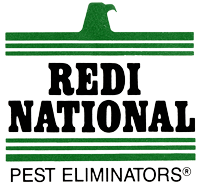Bed Bug Treatments in West Seattle Rentals
### Introduction to Bed Bug Treatments in West Seattle Rentals West Seattle, with its beautiful waterfront views, vibrant neighborhoods, and eclectic mix of local shops and eateries, is a sought-after destination for renters and homeowners alike. However, like many urban areas, it is not immune to the unwelcome presence of bed bugs—tiny, blood-sucking insects that…
